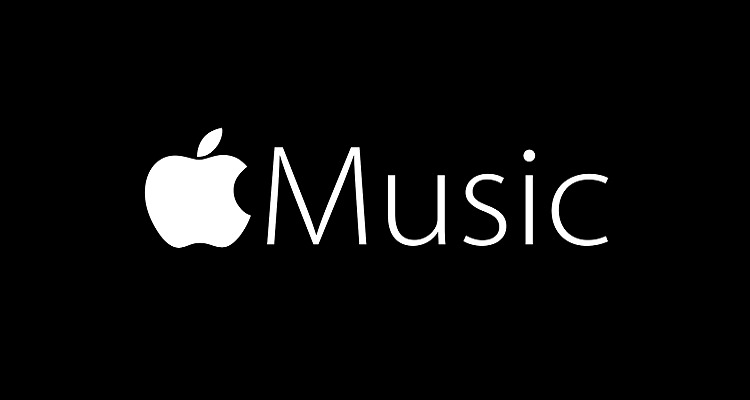



|
Piano has the main spot in Debussy's compositions. Debussy is actually following the path of the greatest pianist-composers tradition following the path of Mozart, Beethoven, Schumann, Chopin and Liszt Even though, after Debussy comes other great pianist-composers like Bartok, Prokofieff and Messiaen, in none of them the piano has such a great part when compared to their complete works. In that context, it is noteworthy that Debussy's piano works are mostly from his maturity period. <img1> Marguerite Long, who had the chance to work on most of the works with the composer between 1914 and 1917 relates about Debussy's piano playing: "unforgettable was the flexibility, caress and depth of his touch. As he was gliding with a touching softness over the keyboard, he was also getting extraordinarily powerful, expressive accents. He was playing mostly "half-voice" but with a full and intense sonority, without any harshness in the attacks, just like Chopin did. The dynamic scale was from triple pianissimo to a grand forte without hitting any disjointed sound level where the subtleties of the harmonies would be lost. As with Chopin, again, he elaborated the use of the pedal as a kind of "breathing". Marguerite Long persistently goes on about this crucial point regarding the continuous deep pressure on the keys Debussy applied, which is the opposite of the Liszt-ian approach where upward motions of hands and upper-arms are more frequently required. Even though Debussy infuses in the western music a new concept of time (metrics) he also reminds us the eastern musical practice where the touch and intonation are primordial. The "sound" by itself plays, with Debussy, a key-role. Émile-Jean-Joseph Vuillermoz (1878-1960) a French critic in the areas of music, film, drama and literature, relates: "I recall him being tête-à-tête with his keys like an explorer in a strange country. He enjoys feeling, handle and shaping them. [..] He enjoys interrogating the keyboard with an almost scientific gravity. Under his fingers, the hammers strike cautiously the strings. Debussy is interested with long resonances, he is mentally tracing their trajectory in space until the fading of the last harmonic". Isn't this like an Indian sitar or sarod player preparing for his raga by exploring many sound possibilities? Claude Debussy, is the first occidental composer to compose with sound instead of "notes" and he materializes his musical dreams with the instrument he is most prolific with: the piano. At the piano, Debussy is more free than with anything else. There is no mental interpolation of the resultant sound. Also, while the orchestra is limited by the imperatives of ensemble playing regarding barlines and metrics, the (solo) piano gives Debussy complete freedom for his rhythmical and temporal researches. At the piano, Debussy is "solo", composition and performance blend together and he is able to pursue his dreams to the end. Still at the piano Debussy has been able to end three centuries of functional harmony by using a language which, although using tonal material, is actually a-tonal. With the piano he could compensate for the lack of elaboration the music of the western world stuck regarding rhythmics. He has been able to dispensate from the "tyranny" of the bar-line, the rigid symmetrical phrase constructs, he could create an infinite number of complex rhythmic structures and use a large scale of irrational divisions (i.e. tuplets). Perhaps the most important pitfall of a pianist-composer at the keyboard, attempting to compose, is his own habits. Ready-made figurations his hands are used to perform, acquired by long practice of the instrument, the digressions of the improvisations... This could be an explanation for his getting lately but fully to the piano in his compositional career. For the piano works the ascending curve of the originality of his output was somehow late but steeper than anywhere else. The pivoting date seems to be 1903 with "Estampes". With this work the piano becomes for the first time a "Debussy piano". The piano music of Debussy can be divided into six parts which are not always in sync with his compositions in other fields. From 1880 to 1890, youth works: "Danse bohémienne" (L 9, 1880); L 50, Suite for orchestra (piano reduction) (1885); L 66, "Deux arabesques" (1888, 1891); L 67, Mazurka (1890); L 68, "Rêverie" (1890); L 69, "Tarantelle styrienne" (Danse) (1890); L 70, Ballade slave (Ballade) (1890); L 71, "Valse romantique" (1890). Transition works, 1890 to 1901: L 75, "Suite bergamasque" (1890-1905); L 82, Nocturne (1892); L 87, "Images oubliées" (1894); L 95, "Pour le piano" suite (1894–1901). A fast and bewildering evolution shows in the "Suite" which is the start of the "real" Debussy at the piano. <img3> First maturity works, intense research on sound-colors and the use of evocative titles. Here Debussy is truly "impressionist". L 99, "D'un cahier d'esquisses" (1903); L 100, "Estampes" (1903); L 105, "Masques" (1904); L 106, "L'isle joyeuse" (1904); L 108, Morceau de concours (Pièce pour piano) (1904); L 110, "Images", Set 1 (1905). A kind of break (1908-1909) with principally the Children's Corner and less revealing works like L 114, "The Little Nigar" ("Le petit Nègre") (1909); L 115, "Hommage à Joseph Haydn" (1909). The two volumes of Preludes: 1909-1912. These raise to the summit the evolution started with "Estampes" and specially the second volume will trigger the last period: that of the Etudes (1915) where the piano of Debussy is at its apogee. I find interesting to note that in the piano music of Claude Debussy one can find all keys except the "great" Beethoven-ian ("tragic") key of C minor! The only tonic key absent from the 24 Preludes is E major and from the 12 Etudes: E-flat major and B major. For one thing the choice of key center is strongly set by the technicalities of the performance of the piece. Just like Chopin, Debussy is a pianist-composer and a piece like "Etude pour les huit doigts" (study for eight fingers, not using the thumbs) will best run, of course, on the black-keys written in the tonality of G-flat Major. Besides that practical aspect, many keys seem to have for Debussy, as they just had for Mozart and Beethoven too, a particular signification. C major is neutrality, purity (Doctor Gradus ad Parnassum, Les tierces alternées, Pour les cinq doigts) but also, pure tint without any hue it is "gray" (Brouillards). The A minor key is, in Debussy, is the deployment of power. It is the key for strong chords, repeated notes and chords: Prelude "Pour le piano", Masques, Etude pour les accords. D minor, often handled in a Dorian mode style is the snow, the emptiness, the silence and the loneliness. "The snowflakes are dancing", "Des pas sur la neige", "Canope". Satyr and cold humour is often expressed in F major: "General Lavine", "Hommage a S. Pickwick", "Etude pour les agrements". The key for intimate confidence, intense feelings is C-sharp minor used with an extreme refinement: Sarabande in "Pour le piano", "Feuilles mortes". The unique piece composed in the relative key of G-sharp minor is "Hommage a Rameau". Keys loaded with a great number of sharps are evocative of dazzling sunlight or the enchantment of the Orient. "Pagodes", "Les collines d'anacapri" in B major and "Poissons d'or" and "La terrasse des audiences au clair de lune" in F-sharp major. Similarly a great number of flats at the key signature is used for darkness, moonlight and stagnant waters: "Clair de lune", "Reflets dans l'eau" etc. One may pursue this analyze but it reveals already the importance of the key center in the music of Debussy. The key, freed from its functional chains and conventions for modulations, becomes, with Debussy a sound-color by itself. |
|||||||||||||||||||
| |
|||||||||||||||||||
|





